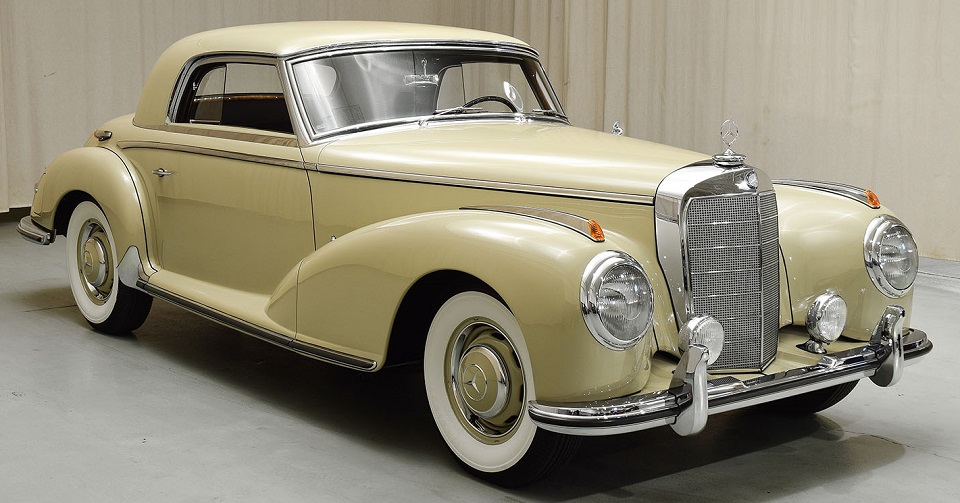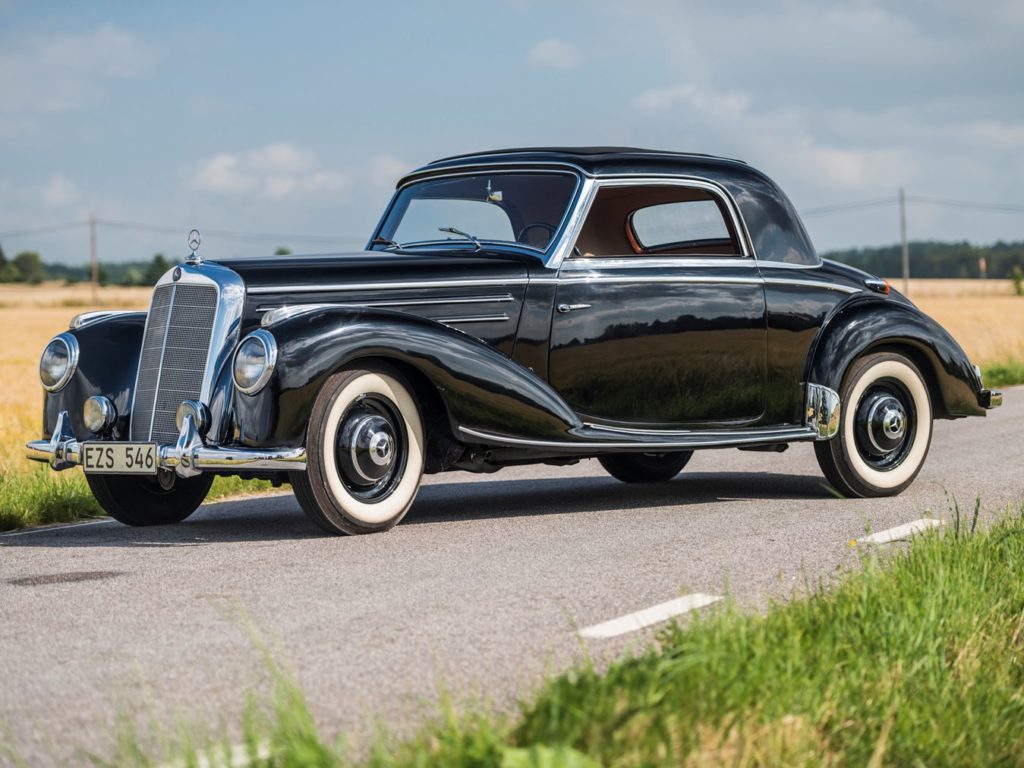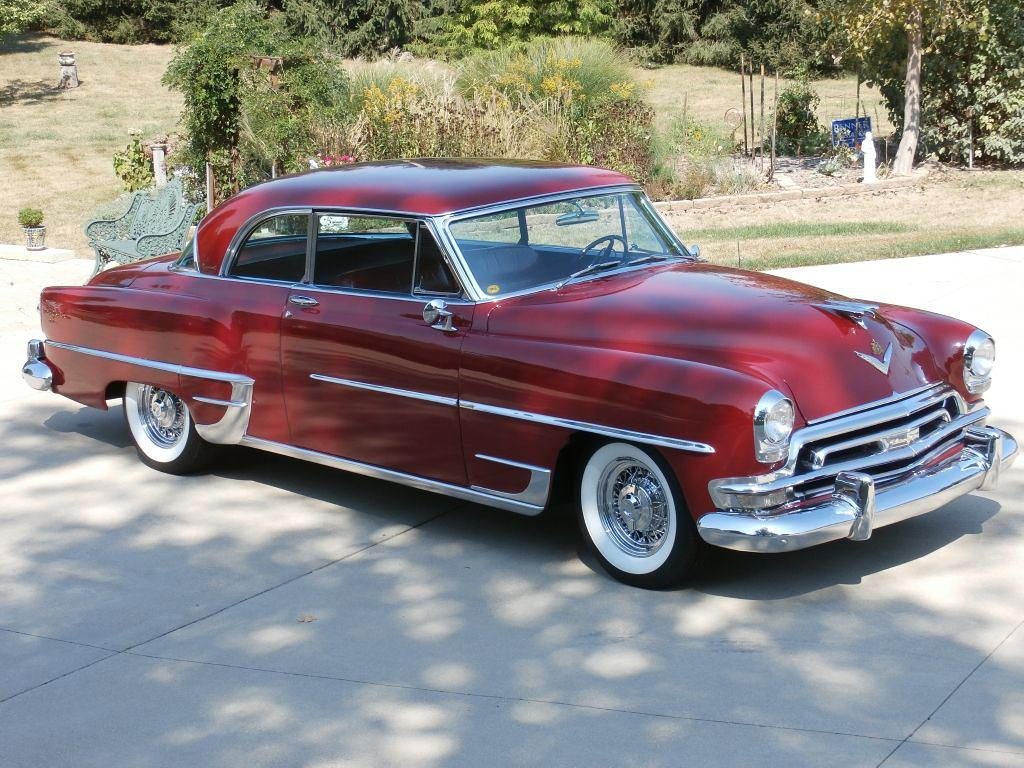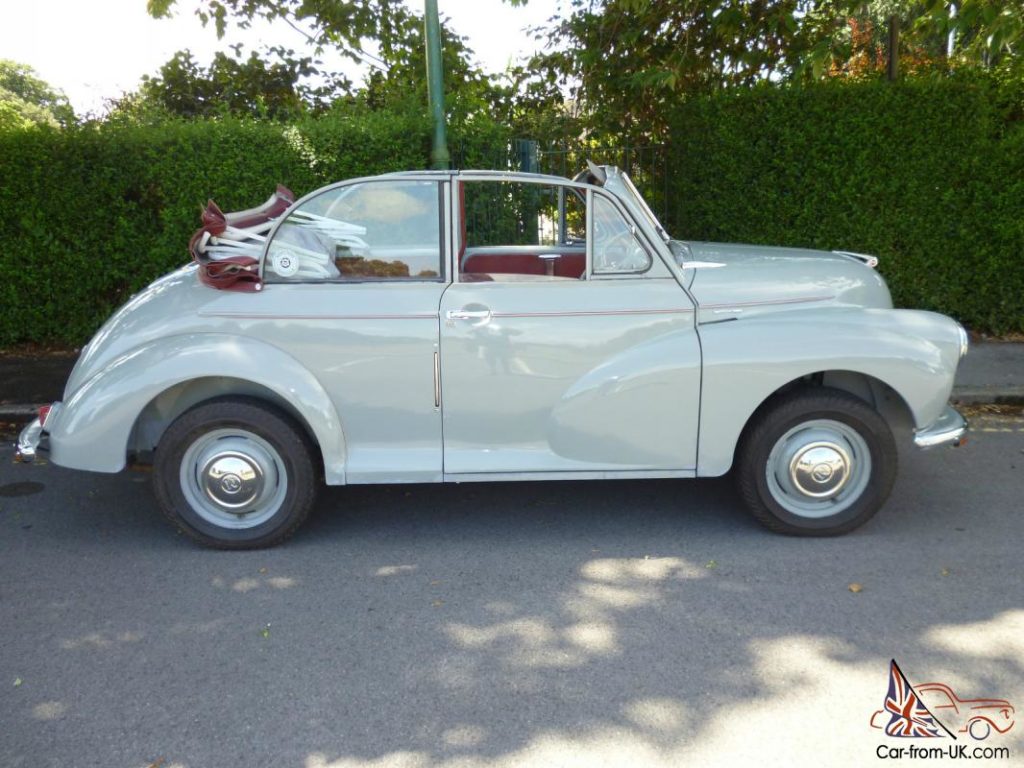As threatened promised yesterday, here’s a look at 1954’s passenger saloon cars, starting with the Mercedes 300 S:

An astonishing number of 300 models are still running today, because when the chairman of M-B laid out the criteria for the 300 (W188) model, his brief was that the car should be capable of running all day (12 hours, to be specific) at top (not cruising) speed, without ever breaking down. So that’s how they made them.
Other European countries in 1954 were still making passenger saloons according to the older, pre-war styles, such as the French with their Citroen Traction Avant:

…and Britain, with their crop of Rolls-Royce Phantom IV and Silver Dawn models (in order):


By way of contrast, in 1954 the Italians were still making tiny family cars like the Lancia Aurelia B20:

…but to be fair, all the European manufacturers’ offerings outside the limousine-type were just as small. Here’s BMW’s 502:

And the Mercedes 220a C:

Note too the British offerings in this segment of the market in 1954, like the Vauxhall Velox:

Rover’s P40:

…and the Wolseley 4-44 (4 cylinders, 44 horsepower — I yeah, I know)

But while Alfa Romeo’s 1900 Sprint was small, it was, as the saying goes, outrageously sexy (unlike the blimps above):

…but that’s Alfa Romeo all over, isn’t it?
France’s Renault Fregate was, well, regrettable:

And Renault’s 4CV wasn’t any better.

Which brings us across The Pond to the United States, where our idea of “compact” was, let’s say, a little more generous than that of the Europeans. Here’s the Hudson Hornet (Hollywood) model, whose style was surprisingly dated in 1954 (and Hudson would disappear from the market soon after this):

…as was the Nash Metropolitan (likewise about to disappear from the scene):

The Oldsmobile 88 was more like the mid-Fifties U.S. ideal:

…and of course there’s the Chevy Bel-Air:

…and the Chrysler New Yorker:

Longtime Readers will of course know that the American Behemoth-style of car leaves me quite cold, and indeed if someone were to offer me a large car from my birth year in decent running order and in good shape, I’d go for this one ahead of all others. It’s the 1954 Bentley R-model Continental:

For a smaller car, there’s only one option, the Fiat 8v Berlinetta (assuming I could actually fit into one, that is):

Vroom, vroom. Vroom.






























